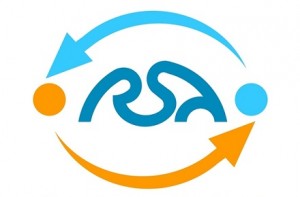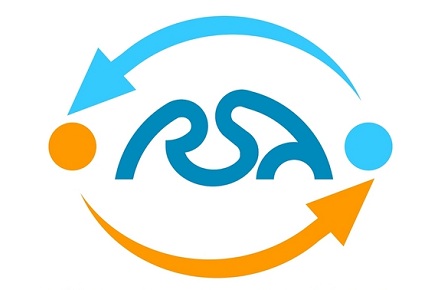Great news for anyone considering the hazards posed by use of dusts and glitters in their HACCP plans. The Food Standards Agency has produced guidance on the use of ‘edible’ and ‘non-toxic’ glitters and dusts with food. The Guidance is intended to apply to food prepared commercially and domestically. (By Anthony Bowmer of RSA Food Safety)
 |
| [relatedPosts title=”Related Posts”] |
|
|
In summary, the general rule is that only ‘edible’ glitters and dusts should be applied to food for consumption. Unless the glitter or dust is specifically labelled as being suitable for use on or in food it should not be used.
To comply with this general rule, products such as glitter and dusts must be clearly labelled to indicate their suitability for eating. Furthermore, edible glitter or dust must be labelled with the correct name or E-number of any additives used and carry either the statement ‘For food’, ‘Restricted use in food’, or a more specific reference to their intended food use (for example ‘Edible lustre’).
Great care is required as some glitters and dusts may be described as ‘non-toxic’ but are not necessarily ‘edible’. Non-toxic glitters should also have been tested for safety for contact with food and be labelled ‘for food contact’. They can only be applied to food for decoration, but not for consumption. Non-toxic types of decoration must not be used If consumers cannot remove them entirely from the product, before eating. Where the substance is part of something like a cake ornament, candle holder or other decoration, it should be permanently fixed so it does not fall onto the food. The Guidance also recommends that ‘non-edible glitter’ is not used as sprinkles (for example on soft icing or buns) because it cannot be entirely removed before consumption. Edible glitter should be used for such decorations.
Never use or allow contact with food any non-toxic glitters and dusts that have not been tested for contact with food, and are not labelled ‘for food contact’.
Copies of the Guidance can be obtained here.





